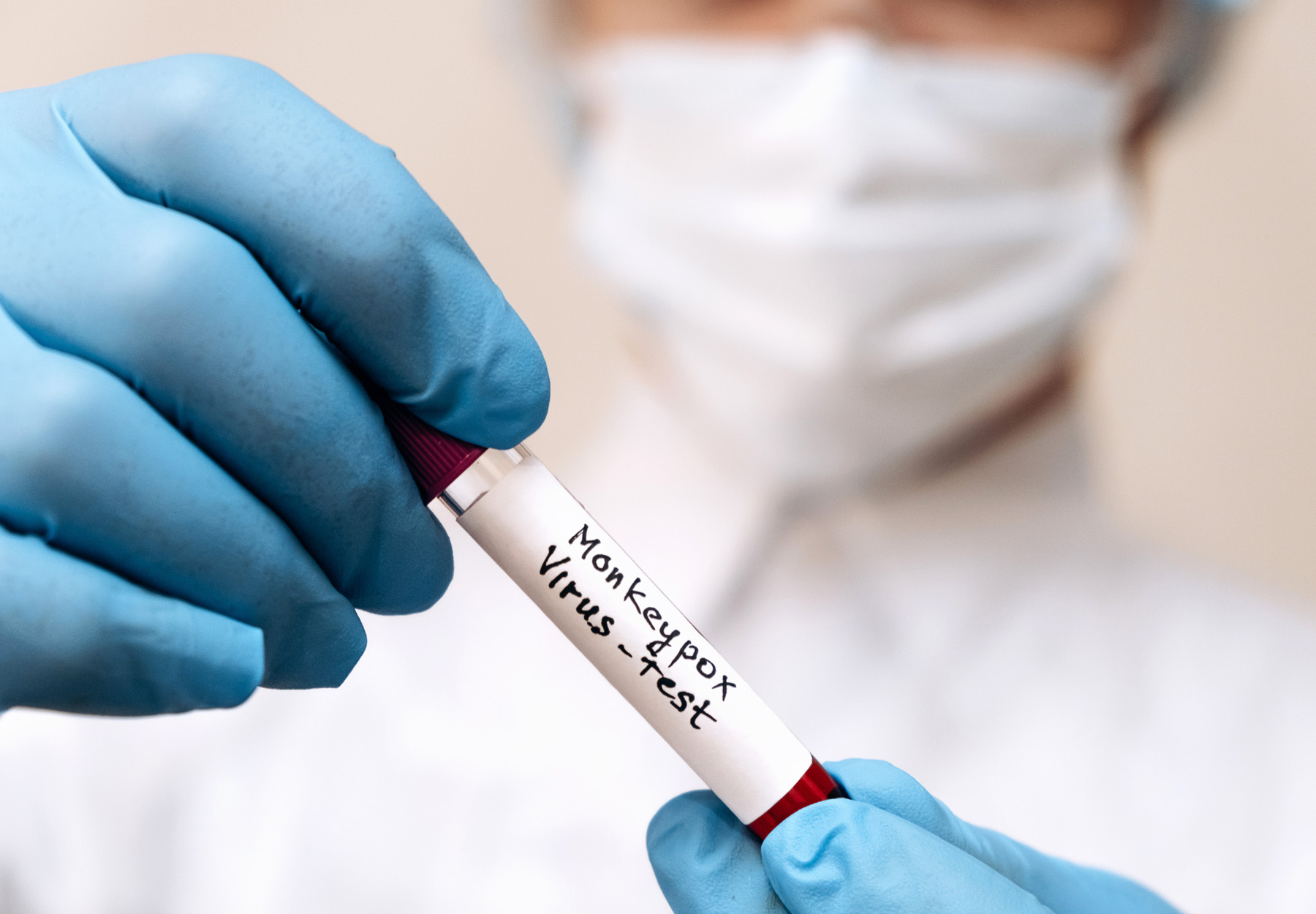As cases of monkeypox continue to grow around the world, a commentary published June 14 in the Annals of Internal Medicine offers guidance to healthcare workers on how to safely manage suspected cases of monkeypox during the COVID-19 pandemic.
“As the monkeypox outbreak grows, health care workers must understand the threat and be prepared to address an infectious disease risk that may herald yet another unprecedented epidemic,” the authors write.
They recommend that those working in healthcare settings with patients who may have monkeypox should follow U.S. Centers for Disease Control and Prevention (CDC) guidelines for monkeypox infection control, which include:
- Appropriate personal protective equipment (PPE) for airborne precautions, including either a powered air-purifying respirator or fit-tested filtering facepiece respirator such as an N95 respirator
- Immediately informing local and state health departments to help with testing
- Cleaning and disinfecting high-touch surfaces with approved disinfectants
- Avoiding actions such as shaking bed linens, dry dusting, or sweeping that may aerosolize virus particles
- Removing linens cautiously and either discarding or washing them at a high temperature
- Performing careful contact tracing and history taking
- Performing extensive risk assessment for healthcare workers exposed to monkeypox cases
- Exposed workers don’t need to quarantine but should be carefully monitored during the 21-day incubation period of the monkeypox virus
The commentary article also notes that monkeypox cases in the current outbreak have often included symptoms that are unusual compared to those of past cases, mimicking symptoms more typically seen in some sexually transmitted infections, so healthcare workers should be on the lookout for such signs. The authors point out that some patients with potential monkeypox cases may first go to clinics for STIs, so these settings should take appropriate precautions to protect their workers.
Burnout among healthcare workers from the stress of dealing with the COVID-19 pandemic for over two years, along with the public being tired of following public health guidelines, are also issues that healthcare settings will need to address when protecting workers from potential monkeypox cases, the authors add. Though the virus is not sexually transmitted, since men who have sex with men (MSM) are most at risk for monkeypox based on cases so far, the article adds healthcare workers should also take steps to avoid stigmatizing this community.
“Although monkeypox is unlikely to reach the pandemic spread of COVID-19, physicians and other health care workers must be vigilant, with a high index of suspicion and careful adherence to appropriate infection control precautions as the outbreak unfolds,” the authors state. “Importantly, the infection control response must avoid stigmatizing the most affected patient population and should instead ally itself with the MSM community to combat monkeypox.”
As of noon on June 16, there were 2,027 confirmed monkeypox and orthopoxvirus cases in 36 countries around the world, according to data on the CDC website.
